- Reaction score
- 16,879
- Points
- 1,010
Since the CF-5 was usually at Bingo fuel at the end of the runway on a takeoff roll, its effective payload was usually zero…

It wasn't a lifecycle costing, it was a straight logistics tally - of Bty requires X Ammo, plus Y troops, Z Security etc -- it was clearly an Air Force study, as where a few other ones I read.Comparing lifecycle costs 155s to Phantoms/F35s would be interesting. You might want to include the costs of building and maintaining the airfields, including the costs of shipping the engineers and their plant to build the fields and hardened structures as well as the costs of defending and repairing them.
AgreedA modern take would have to look at the middle ground, as you suggest, rocket/missile artillery. It would also have to consider the rato/jato class of ground launched long range drones that can launch an F5 Freedom Fighter class aircraft from any flat surface.
I see problems with the continued reliance on air force weapons delivery.To me there is a clear case for long range rocket/missile artillery regardless of AF levels of involvement, as well as for heavier armored SPA, as the type of missions that would require larger artillery presence are ones that are going to see limited ability/availability of the AF to conduct ground strikes either due to AD or Enemy Air itself. Which is turn requires the ability to support the Artillery in volumes much higher than currently alllocated for.
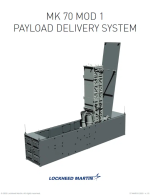

The system is launcher independent, enabling it be fired from any launcher capable of using the M26 launch pod container including HIMARS, M270 and ChunMoo. The containerized solution tested can also be used onboard ships.

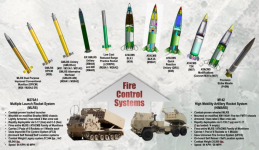



A Skynex battery can include up to four Oerkikon Revolver Guns and four SkyKnight launchers, a total of 240 missiles being thus available.
Halcon proposes a 20-foot container as launcher, 60 missiles being hosted in a 6×10 cells matrix, one section of the container hosting the power supply system, the secure data-link to keep communications with the Skymaster, and the electronics to sequence fire the missiles.
Each container can launch in sequence up to 20 missiles, the system being able to handle up to 80 missiles in flight at the same time. According to data provided by Halcon, the SkyKnight can cope with rotary wing aircraft and UAVs up to 10 km, against fixed wing aircraft at 8-10 km, against precision guided munitions and cruise missiles at 6 km, and against rocket-artillery-mortar threats at 4 km range. At shorter ranges it is the turn of Revolver Guns to take over the burden, these being capable to operate against fixed and rotary wing aircraft up to 4 – 4.5 km, and against mortars and small UAVs at 1.5 km, generating a wall of tungsten thanks to their 1,000 rounds per minute rate of fire and the use of AHEAD 35 mm ammunition.

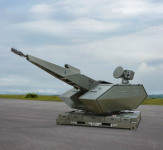
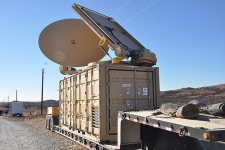
I wouldn't consider fireable on the move as a key criteria. Rapid emplacement, on the other hand as is already viable for MLRS and HIMARS, is quite sufficient.@Kirkhill i would re-read the fine print on ‘ready to fire’. All the mobile container systems I am aware of require a static position -i.e. not on the back of a moving truck. The only ones that can do mobile engagement are the maritime systems that need to be tethered to the ship’s CMS.
Now I’m sure the container and contained munition is capable of firing on the move - I’m not sure the vehicle is…
Agreed. I just wanted to clarify what Ready to Fire meant in BD termsI wouldn't consider fireable on the move as a key criteria. Rapid emplacement, on the other hand as is already viable for MLRS and HIMARS, is quite sufficient.

@Kirkhill i would re-read the fine print on ‘ready to fire’. All the mobile container systems I am aware of require a static position -i.e. not on the back of a moving truck. The only ones that can do mobile engagement are the maritime systems that need to be tethered to the ship’s CMS.
Now I’m sure the container and contained munition is capable of firing on the move - I’m not sure the vehicle is…
So will rocket artillery types be wandering around in Bomber Jackets and mirror sunglasses now, that pilots are obsolete?I see problems with the continued reliance on air force weapons delivery.
The air forces ability to deliver close air support (and I mean really close) in a permissive AD environment was firmly confirmed in Afghanistan. But AD is getting better by the minute. Ukraine is showing that routine air force missions are limited to stand-off weapons delivered on strategic targets. Close air on tactical level targets is basically too high-risk for the very few and very valuable aircraft now in operation.
Conversely, there has been a surge in the development of long-range, ground based precision weapons. I'm particulalry interested in the area denial, anti-ship systems being introduced in the Marines. Effectively there is little risk in attacking strategic targets with high speed unmanned rockets and missiles which are significantly less costly than a complete and complex air force system. Both precision gun launched projectiles and OWUAVs are becoming cheaper, more plentiful and more versatile. The USAF's opposition to the army's development of these systems clearly shows that the USAF sees the threat to a significant part of their raison d'etre.
One thing is clear. Regardless of strategic targeting, direct support of ground forces will continue to rely on dedicated tactical artillery units which can react in all weather and conditions with intimate close in support. Whether that is by guns or OWUAS (but more probably by both) is immaterial. Supplying them with the appropriate basic loads will continue to be an army and national production chain logistics issue.
Bottom Line: close air support in peer-to-peer warfare is a dying proposition. Prepare for the alternatives.

Well so far Russian AD seems to be only good at shooting down unarmed civilian jets, or VKS aircraftI see problems with the continued reliance on air force weapons delivery.
The air forces ability to deliver close air support (and I mean really close) in a permissive AD environment was firmly confirmed in Afghanistan. But AD is getting better by the minute.
Well, both Ukraine and Russia are doing some CAS, but I generally agree that in a high AD threat area that few AF’s are going to be willing to risk it.Ukraine is showing that routine air force missions are limited to stand-off weapons delivered on strategic targets. Close air on tactical level targets is basically too high-risk for the very few and very valuable aircraft now in operation.
Agreed.Bottom Line: close air support in peer-to-peer warfare is a dying proposition. Prepare for the alternatives.

@Kirkhill i would re-read the fine print on ‘ready to fire’. All the mobile container systems I am aware of require a static position -i.e. not on the back of a moving truck. The only ones that can do mobile engagement are the maritime systems that need to be tethered to the ship’s CMS.
Now I’m sure the container and contained munition is capable of firing on the move - I’m not sure the vehicle is…

| Description Cooperative Engagement Capability (CEC) is a real-time sensor netting system that enables high quality situational awareness and integrated fire control capability. It is designed to enhance the anti-air warfare (AAW) capability of U.S. Navy ships, U.S. Navy aircraft and U.S. Marine Corps (USMC) Composite Tracking Network (CTN) units by the netting of geographically dispersed sensors to provide a single integrated air picture, thus enabling Integrated Fire Control to destroy increasingly capable threat cruise missiles and aircraft. |
The System
A standard NASAMS unit has a modular design comprising a command post the FDC, an active 3D radar Raytheon AN/MPQ-64F1 Sentinel, a passive electro-optical and infrared sensor and a number of missile canister launchers with AMRAAM missiles. Normally, a number of NASAMS fire units are netted together in a uniquely designed ”hard-realtime” communication network to ensure minimum latency over large distances for maximum system performance utilizing the unique capabilities of the AMRAAM missile.
Defends a large geographical area
The radar and launcher elements can be deployed over a large area separated by more than 20 kilometres from the FDC, providing extended coverage with few elements. Dispersed elements increase their survivability against enemy air and ground attacks.
About Sky Sabre
Sky Sabre has replaced Rapier, which served the UK Armed Forces for more than 40 years. It is composed of three main elements: “the brain”, “the sensor” and “the missile system”.
“The brain”, supplied by Rafael, refers to the Surface to Air Missile Centre (SAMOC) command and control system. This includes the Link 16 tactical datalink that allows Sky Sabre to communicate with Royal Navy and Royal Air Force ships and aircraft, as well as UK allies.
“The sensor”, supplied by Saab, is the Giraffe Agile Multibeam (GAMB) radar, which provides 360-degree coverage over a range of up to 1,200km.
The Land Ceptor launcher and missile system is supplied by MBDA and fires Common Anti-Air Modular Missiles (CAMM) missiles.
If Bloggins is tanning on the deck of an autonomous ship like Mariner he probably deserves it.I mean it would be funny - but not ideal
I realize this is a bit late to reply to your comment, but just to put things in perspective - the pre-deployed kit in Poland is in addition to their pre-deployed kit in NorwayTheatre Logistics
Poland,
Japan, Philippines, Australia - marries up with the proposal for 3 Marine Littoral Regiments.
The Philippines kind of surprises me. As does Indonesia and Vietnam. - my biases I guess - I can't see any of them as reliable partners - but would I have said that about Poland, or even France, 20 years ago.
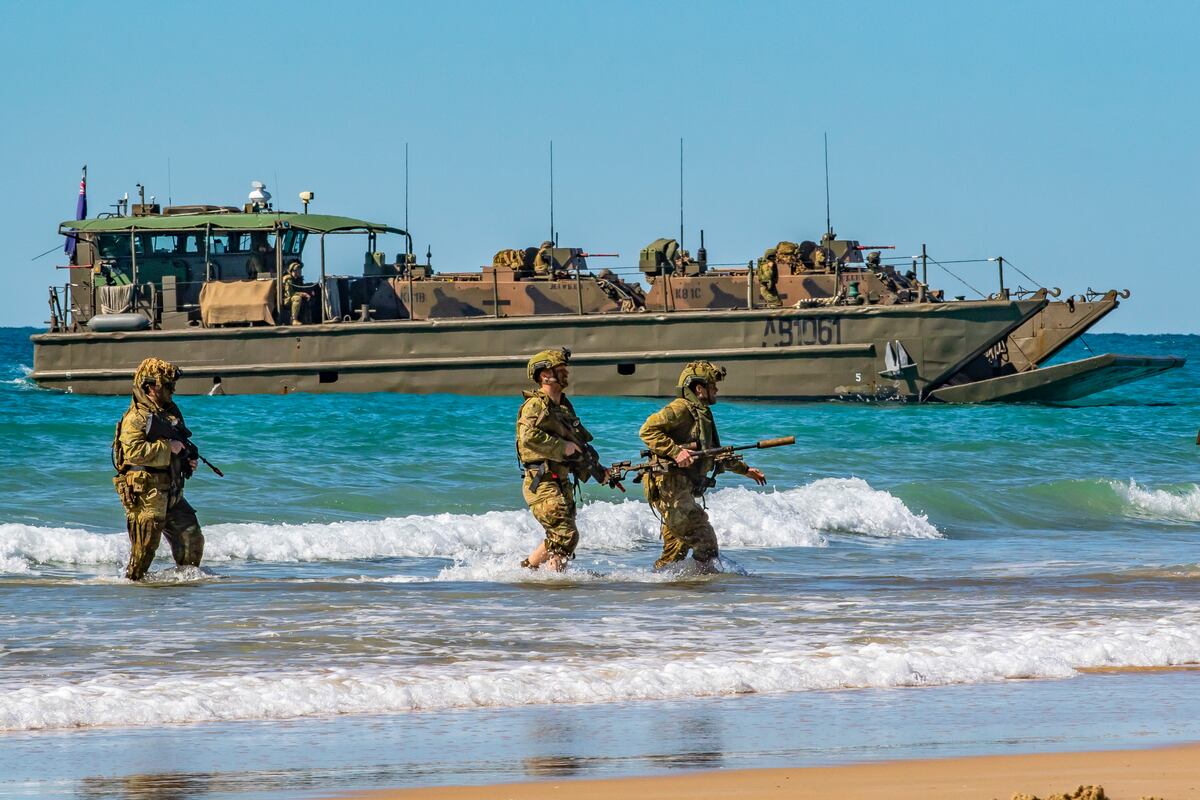
Army readies for record-setting logistics exercise in Pacific
The US Army is preparing to conduct one of the largest logistics exercises in recent history at Talisman Sabre in Australia.www.defensenews.com
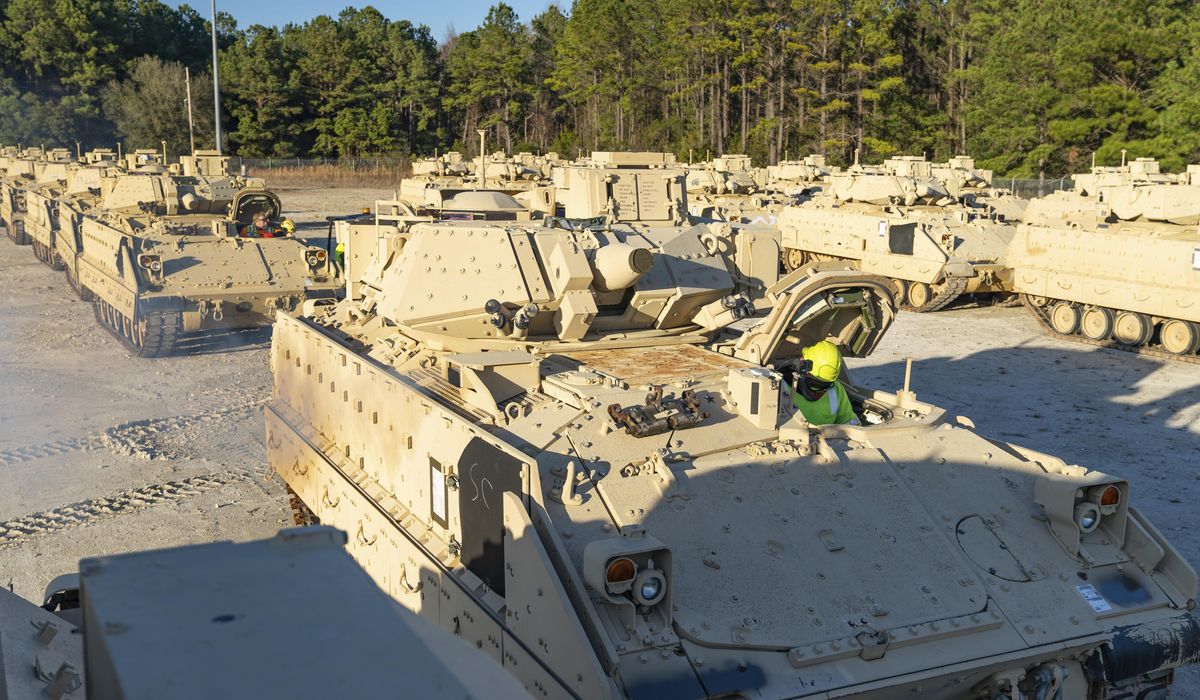
New U.S. warehouse center in Poland to store tanks, Bradleys for future fights
American military troops responding to a future crisis in Eastern Europe will now have enough combat-ready equipment waiting for them in Poland to supply a U.S. armored brigade.www.washingtontimes.com
Sometimes Congress is worth its pay but my guess is this was ordered by a Congress that was still coherent and functional.FWIW there are POMCUS depots in Europe for 2 Corps, and 180days of combat stores, munitions etc. Mandated by Congress, and can’t be touched (other than maintenance/upgrades) unless the balloon goes up.
What about solid rocket motor production?
Again, that’s part of that ecosystem the GWEO group is starting to develop. We know some of the rate limiting factors to some of our long-range strike capabilities is access to motors.
So that’s something you think is important to have domestic production of?
Bloody oath it does.
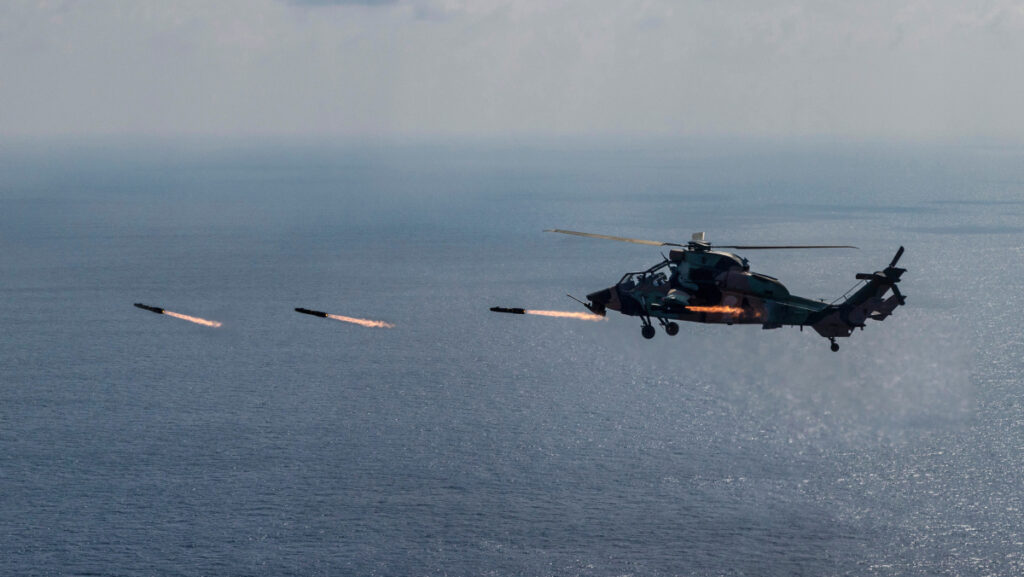
You’re an artillery guy by training. Are there lessons that are coming out of Ukraine and to a lesser extent Gaza that you feel are being successfully incorporated into your planning, or is there not as much relevance to those takeaways, because it’s such a different situation in Australia?
There’s some really strong lessons that are coming out of out of all those theaters you’ve mentioned. And I think it underpins that what characterizes war, it’s a battle of will and magic bullets don’t exist. There is certainly a need for precision and really high-end weapon systems, but there’s also a need for mass, relatively inexpensive weapon systems.
A few years ago, people were starting to draw down their stocks. Now you can’t buy 155 [shells] in the world, and we can’t produce enough 155s. You can’t produce enough propellant or explosive fill for those types of systems now. So I think some of those hard learned lessons from last conflicts are definitely coming forward in terms of us drawing those lessons into our theater, the Indo-Pacific, of what it means for us.
We as an army, need to be prepared to conduct close combat. And we need to have all the capabilities that come with close combat.
You mentioned 155s. How important is it for Australia to get a domestic capability for insensitive explosives?
I think our government’s been really clear. You just look at the investment they put into guided weapons and explosive ordnance in Australia. Air Marshal Leon Phillips is the chief of our Guided Weapons and Explosive Ordinance, very active in terms of establishing domestic capabilities. And look at some of the announcements that have been made recently in terms of the domestic production of NSM in Australia. I know we’re looking at 155; it’ll be crawl, walk, run. I don’t need to say it’s important — I think the government’s actions, the amount of money and effort they’ve invested in that area makes that pretty clear.

